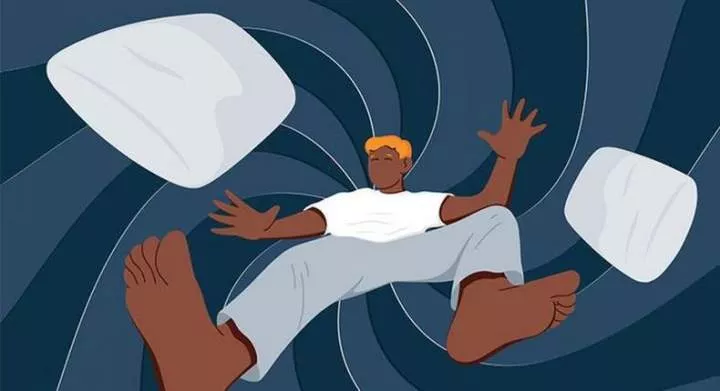What is the cost of cuddling during sleep - Study Reveals? For centuries, cuddling has been associated with sweet dreams and blissful slumber. But a new study from the University of Michigan throws a wrench in this idyllic image, revealing that even for our tiniest, sleep-loving companions - mice - cuddling during sleep comes at a surprising cost: disrupted snooze.

What Is Cuddling?
Cuddling is the act of holding someone or something close in a loving or affectionate way. It usually involves physical contact like lying close, entwining limbs, or resting your head on someone's shoulder. Cuddling can be done with romantic partners, family members, friends, pets, or even inanimate objects like pillows or blankets.
Here are some key aspects of cuddling:
Physical closeness: It's primarily about being physically near someone, creating a sense of warmth, comfort, and intimacy.
Affection and comfort: Cuddling is often associated with positive emotions like love, trust, and security. It can be a way to show or receive affection and comfort, especially during times of stress or vulnerability.
Relaxation and stress relief: The physical contact and emotional connection during cuddling can trigger the release of hormones like oxytocin, which promotes relaxation and reduces stress.
Non-sexual intimacy: While cuddling can sometimes lead to sexual activity, it can also be purely non-sexual. It's a way to experience physical closeness and intimacy without any sexual intentions.
The way people cuddle can vary depending on factors like personal preferences, the relationship with the other person, and the situation. Some common cuddling positions include spooning, nesting, and sitting with intertwined limbs.
About The research
The research, published in Current Biology, dives into the intricate dance between sleep and social connection. Led by Dr. Ada Eban-Rothschild and her team, the study observed the slumber habits of mice in a social setting. These furry bundles of whiskers and twitchy noses, much like us, crave physical closeness before drifting off. They huddle up throughout the night, driven by an innate yearning the researchers dubbed "somatolonging".
However, this somatolonging comes with a curious catch - fragmented sleep. Like humans who share their beds, cuddly mice often find themselves unwittingly tossing and turning, their slumber fragmented by the movements of their companions. So, why do we, and even these tiny creatures, willingly sacrifice precious sleep for a cuddle? This puzzling question remains unanswered, adding a layer of intrigue to the science of sleep-snuggling.
The study goes beyond simply highlighting the downsides of co-sleeping. It paints a fascinating picture of the intricate interplay between social connection and sleep patterns. Using cutting-edge technology, the researchers monitored multiple mice simultaneously for 24 hours, revealing some intriguing findings:
Cuddles trump comfort zones: These sleep-loving mice were willing to forego their preferred slumber spots for a chance to snuggle up, showcasing the powerful pull of somatolonging.
Synchronized slumbers: Cozy companionships weren't just about physical warmth; co-sleeping mice displayed coordinated sleep patterns. Notably, REM sleep, the phase where dreams take flight, synced up among male siblings, suggesting a link between feelings of safety and sleep synchrony.
Beyond blood ties: However, this REM-sleep synchronization wasn't universal. Female siblings and unfamiliar mice lacked this coordinated slumber, indicating that factors beyond kinship play a role in sleep's subtle dance.
While cuddling might disrupt individual sleep cycles, the study doesn't dismiss the potential benefits of social connection during slumber. Feelings of safety, emotional well-being, and perhaps even shared dreamscapes could outweigh the fragmented snooze.
So, the next time you find yourself tangled in a warm embrace during the night, remember, the science of sleep-snuggling is still unfurling. Embrace the cuddle (or politely request some space), but be aware, the world of co-sleeping, even in the animal kingdom, is much more intricate than it seems. Sweet dreams, cuddly or not!
In a nutshell:
Cuddling during sleep disrupts sleep in mice, just like in humans.
Mice huddle together due to "somatolonging," a strong desire for physical contact.
Cuddling can disrupt REM sleep, the phase where dreaming occurs.
Despite the sleep disruption, cuddling may offer benefits like feelings of safety and emotional well-being.
















Comments